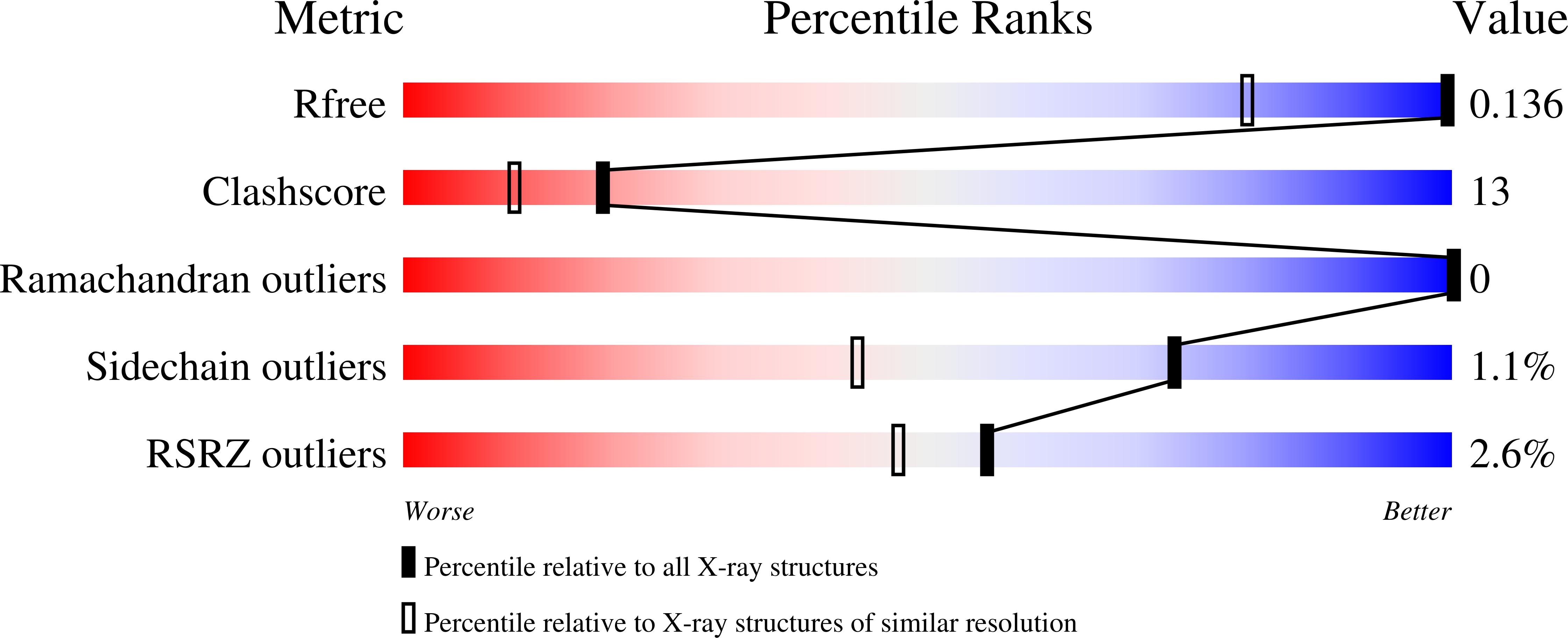
Deposition Date
2020-04-17
Release Date
2020-04-29
Last Version Date
2024-01-24
Entry Detail
PDB ID:
6YQM
Keywords:
Title:
Human histidine triad nucleotide-binding protein 1 (hHINT1) complexed with dGMP and refined to 1.02 A
Biological Source:
Source Organism:
Homo sapiens (Taxon ID: 9606)
Host Organism:
Method Details:
Experimental Method:
Resolution:
1.02 Å
R-Value Free:
0.13
R-Value Work:
0.11
Space Group:
C 1 2 1


